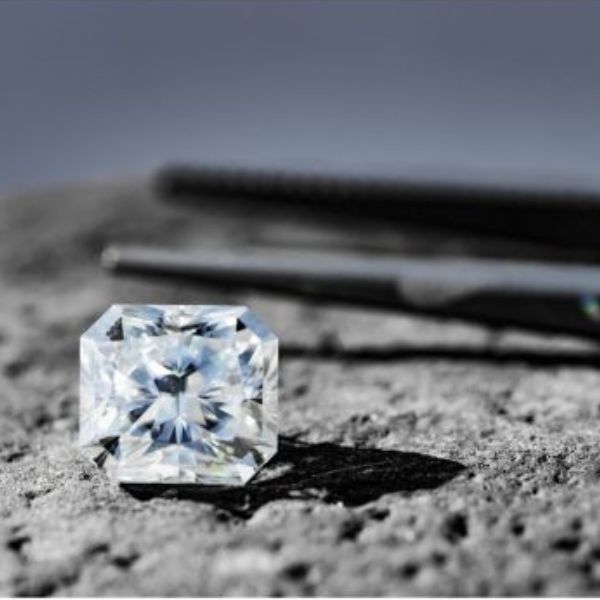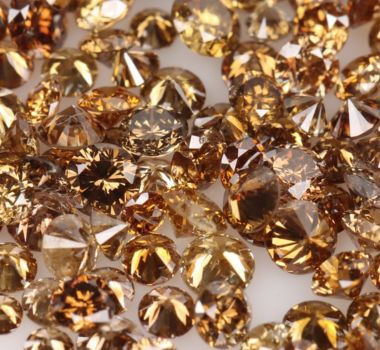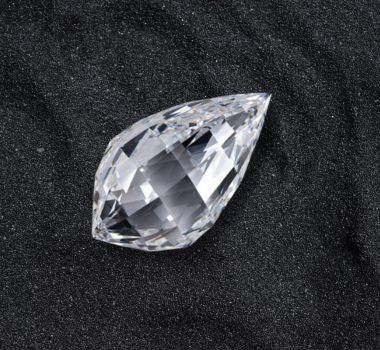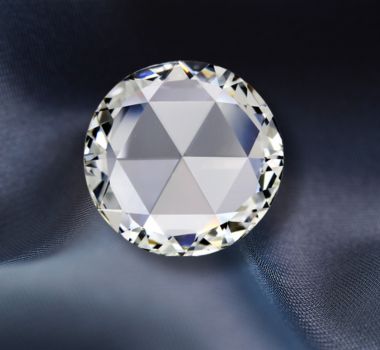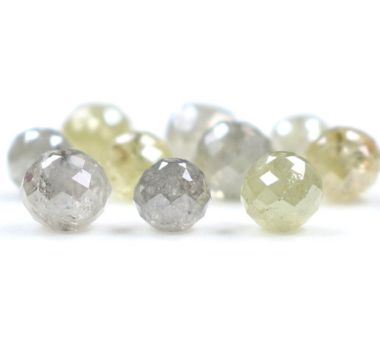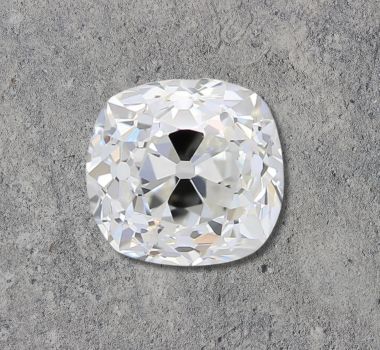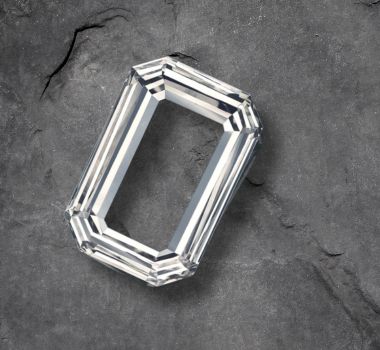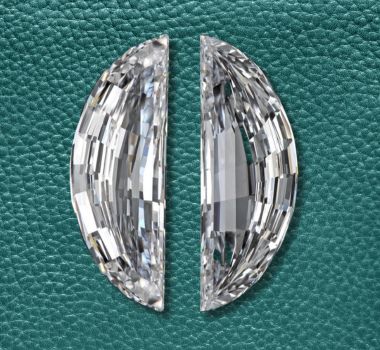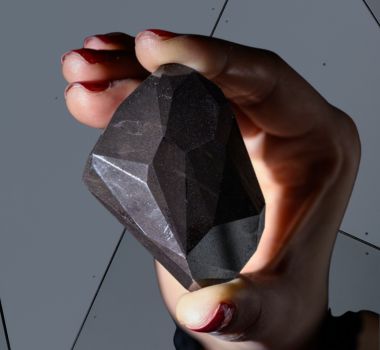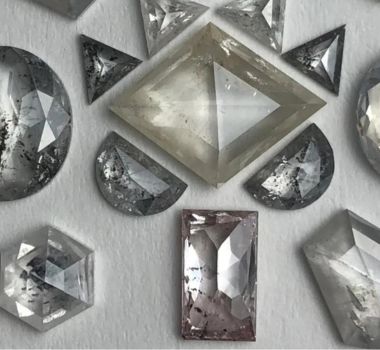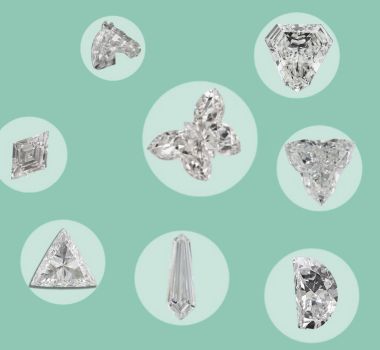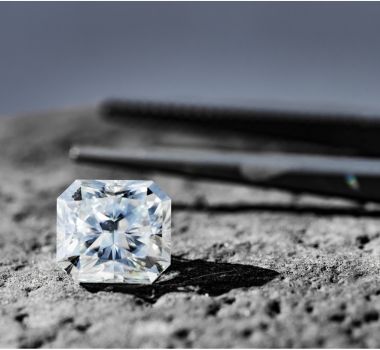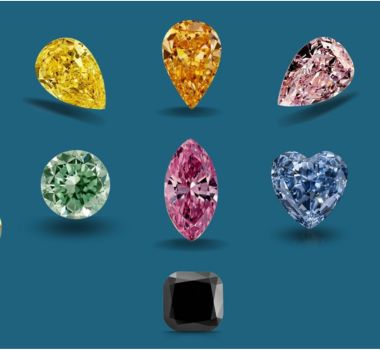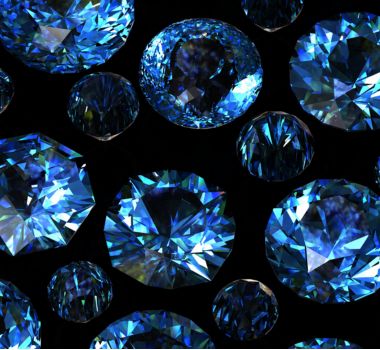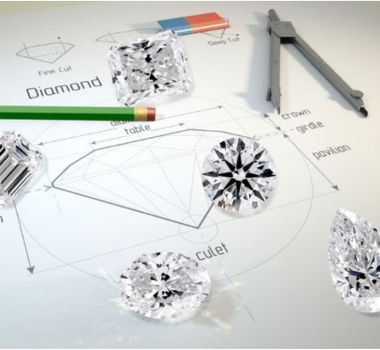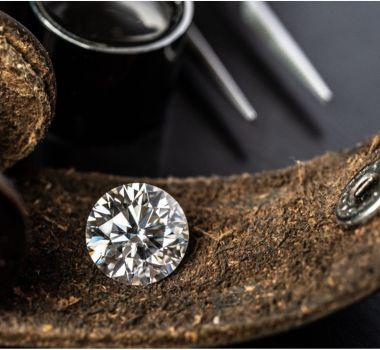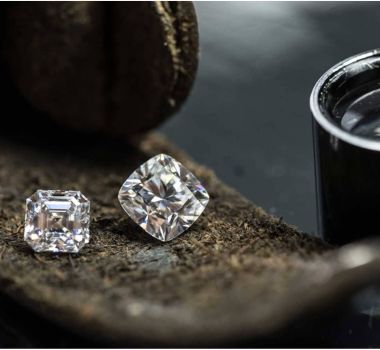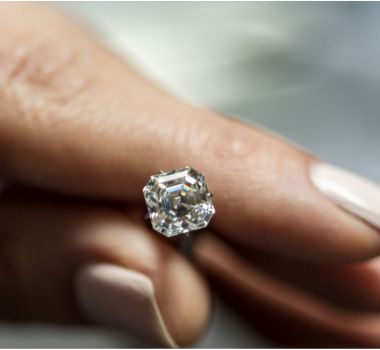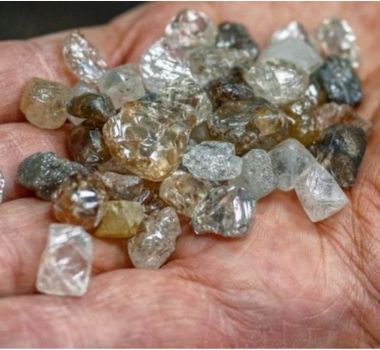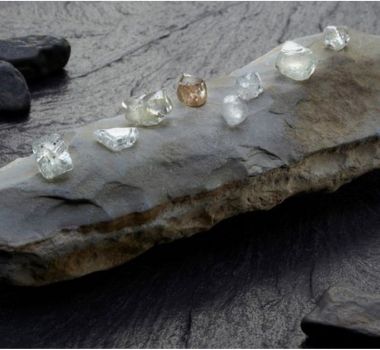
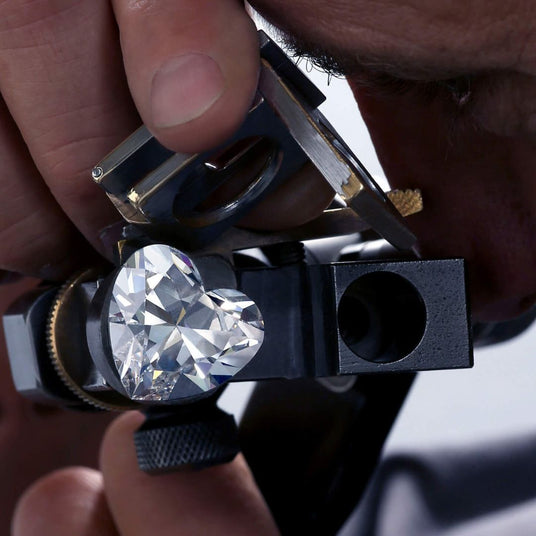
What does a diamond cut signify?
The cut indicates how well-proportioned the dimensions of a diamond are, as well as how the surface or facets are positioned to create sparkle and brilliance.
The cut reveals the brilliance and therefore the beauty of the diamond. The criteria for the cut are not related to its weight but to its proportions, finish and polish.
If the diamond has an excellent cut, it will reflect the light from one facet to another and will therefore have an optimal brilliance.
All of these factors help determine the price and beauty of a diamond.
The 3 essential repercussions of the cut
- The brilliance and brightness of the diamond
- The fire and the dispersion of light in colors
- The brilliance of the diamond when the diamond moves
The 5 cut grades
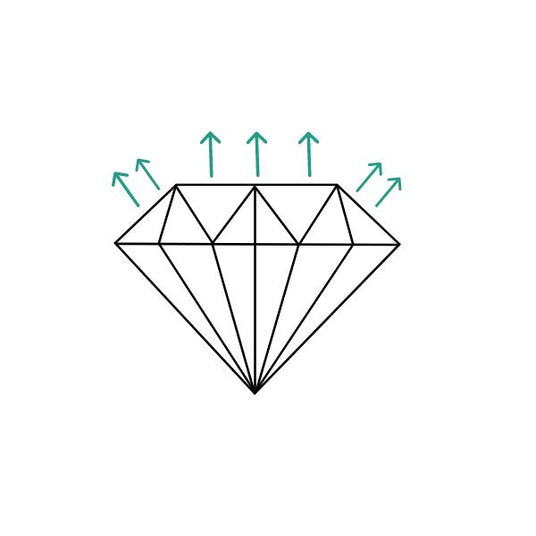
Excellent
The Excellent cut includes perfect dimensions and proportions. This cut grade is of maximum brilliance because it reflects all the light entering the diamond and thus creates an exceptional life and brilliance.
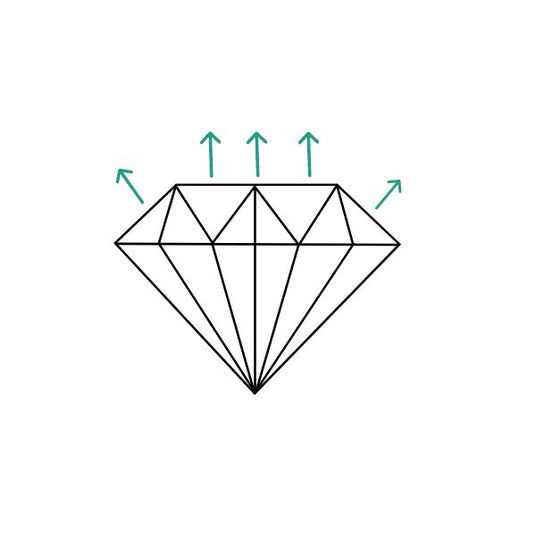
Very good
To the untrained eye, the Very Good cut is just as brilliant and sparkling as an Excellent cut because it reflects most of the light entering the table, thus presenting exceptional brilliance. This is a very popular cut grade, as it is very similar to the Excellent cut, but at a lower price.
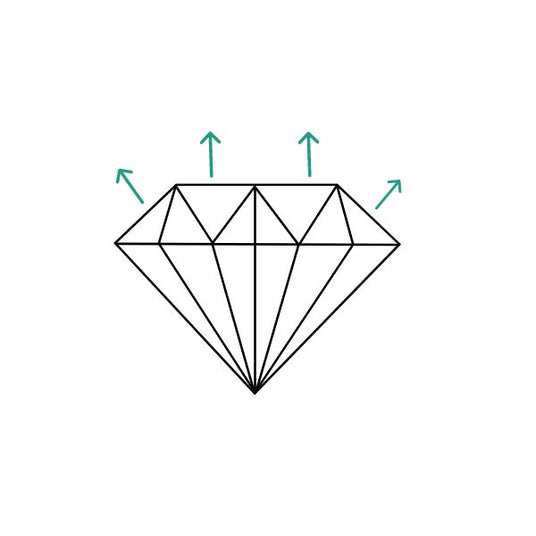
Good
The Good cut can be a very good compromise when choosing a diamond because, while this cut is slightly imperfect, it still has above-average brilliance, reflecting most of the light.
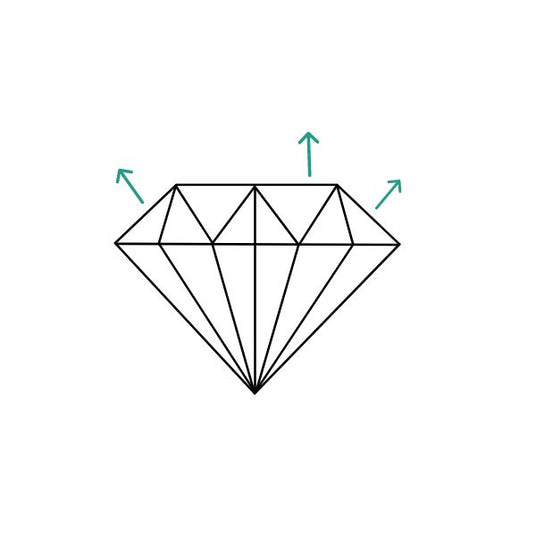
Fair
The Fair cut is classified as a fair quality because it has a reduction in brilliance and sparkle by allowing light to escape on the sides or downward. This cut is still acceptable for smaller diamonds where differences in brilliance and sparkle are more difficult to perceive.
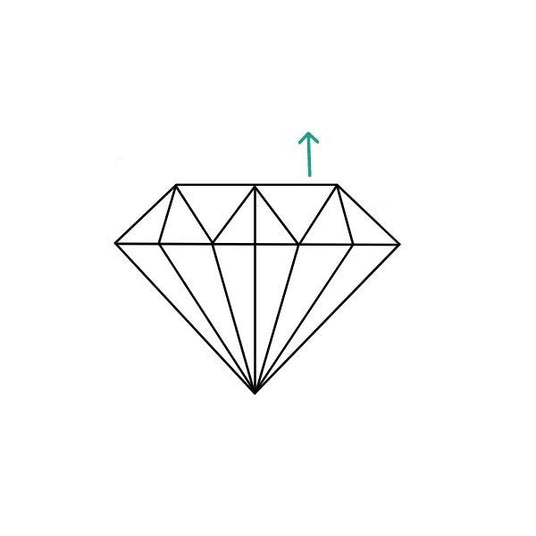
Poor
The Poor cut is considered a weak or poor cut quality because the diamond may appear dull, faded, with little brilliance. When viewed from the front, there may be visible shadows that prevent the facets from refracting and reflecting light.
